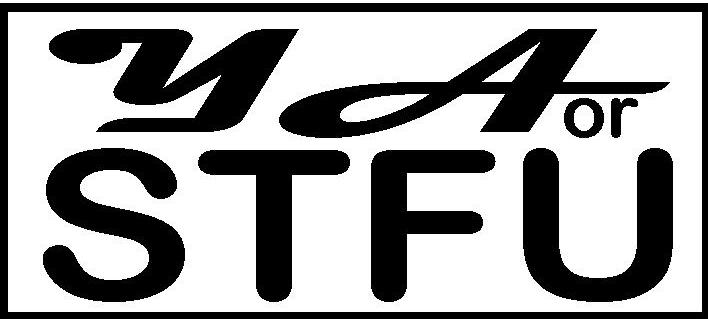Young Adult Literature without Apology
Amy's assessment of contemporary young adult literature, organized by author and title, censored by noone.
Realistic | Romance | Science Fiction | Historical Fiction | Fantasy | Horror | Mystery
Halpin, Brendan (2007). How Ya Like Me Now. NY: Farrar, Straus, Giroux. ISBN: 0374334951. 208 pages.
Since the death of his father and his mother's descent into drug use, ninth grader Eddie has been taking care of himself. When his mother is sent to rehab, Eddie's aunt and uncle take him in and send him to a corporate-themed alternative high school with his cousin Alex. Eddie, who has been living on Massachusett's North Shore, is a bit worried about going to school--even an alternative one that requires "business dress"--in Boston and is overwhelmed by his new classmates and their urban slang. Alex seems to fit right in; however, he doesn't have the same high achieving attitude Eddie has learned and, when the two are put into the same group for a big school project, each has something to teach the other. Halpin's book is decidedly on the lower end of the YA spectrum; though the main characters are relatively free to roam Boston together, they don't seem as independent as the city slickers featured in, say, a Norma Klein novel. While the drug addiction of Eddie's mother lends a sense of maturity to the novel, all that action is off-stage and in the past and
the central conflict around this issue is mainly one of forgiveness. With its greater attention to the class project in
which Alex and Eddie are engaged and the various personalities who pepper their homeroom, this novel reads more like a
slightly older Andrew Clements (The Report Card, Frindle) book.
More problematic is the book's attention to race, or rather, its obfuscation of race. Eddie is initially alarmed that he and
Alex are two of the only white people in his class and he feels a bit threatened by the hip-hop style slang his classmates
(and even Alex) use. When the school group he is working in decides to propose a business that would issue traffic reports
related to the appearance (or not) of thugs at local bus and rail stops to Boston students who take public transportation
from high crime areas, the issues of where, specifically, these high crime areas are and why only the students of color seem
to face this unique problem, are left uninterrogated.
